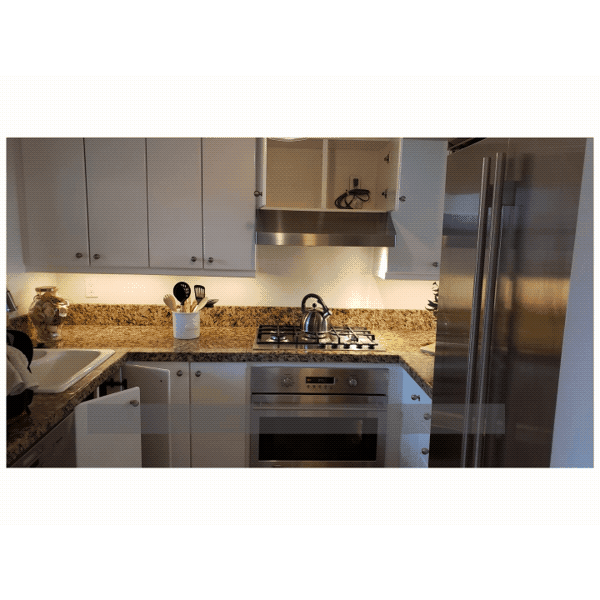Need to Know
It is estimated we spend over 70% (16hrs) inside our homes. COVID pandemic has pushed that higher. It is logical that you want peace of mind knowing that your home is safe.
The test-of-time has taught us of conditions in our home that are unhealthy and hazardous. Prolong exposure has lead to respiratory types of illness. Some of these unhealthy conditions impact children more during their develop.
Past building practices & materials have determined that homes can have unhealthy & hazardous conditions. New building standards have corrected these conditions. There is no correction or awareness for existing homes. Do you know WHY we have mandatory requirement for CO detectors?
As certified energy assessors, we understand airflow and ventilation standards inside the living area. Ventilation for habitability, location of combustion appliances and the potential for CO exposure.
The following are example of conditions that are evaluated in an energy assessment.
It is estimated we spend over 70% (16hrs) inside our homes. COVID pandemic has pushed that higher. It is logical that you want peace of mind knowing that your home is safe.
The test-of-time has taught us of conditions in our home that are unhealthy and hazardous. Prolong exposure has lead to respiratory types of illness. Some of these unhealthy conditions impact children more during their develop.
Past building practices & materials have determined that homes can have unhealthy & hazardous conditions. New building standards have corrected these conditions. There is no correction or awareness for existing homes. Do you know WHY we have mandatory requirement for CO detectors?
As certified energy assessors, we understand airflow and ventilation standards inside the living area. Ventilation for habitability, location of combustion appliances and the potential for CO exposure.
The following are example of conditions that are evaluated in an energy assessment.

Unvented Cooking Range Hoods
|
Past building practices allow cooking range recirculation systems. These ventilation systems are not ducted that recirculates the exhaust directly into the kitchen & disburses throughout the home. Electric stoves creates cooking smells, smoke & oil. The issue is gas stoves burn gas emitting combustion gases that will circulate into the dwelling. These gases contain harmful and hazardous chemicals. These gases contain nitrous oxide, nitrous dioxide, formaldehyde and hazardous carbon monoxide.
Today building standards require all cooking range hoods vented to exhaust to the outside and must meet a minimum of cubic feet per minute of exhaust airflow. |

Combustion Appliance Zone
The energy assessment locates all gas combustion appliances specifically to determine exposure of Carbon Monoxide to habitants. Combustion appliances within the living areas have potential of backdrafting combustion gases into the dwelling containing unhealthy and hazardous chemicals.

Heating/Cooling Ducting Systems
|
Calif. Energy Commission has identified older style ducting systems have high level of leakages. The average leakage estimate is 30%. This creates a high level of costly heating/cooling leakage. Think about that the next time you're running the AC. But one of the hazards is this creates negative pressure inside the dwelling. When you have combustion appliances within or adjacent to the living area that is a potential of these appliance to backdraft dangerous gases including Carbon Monoxide.
|




